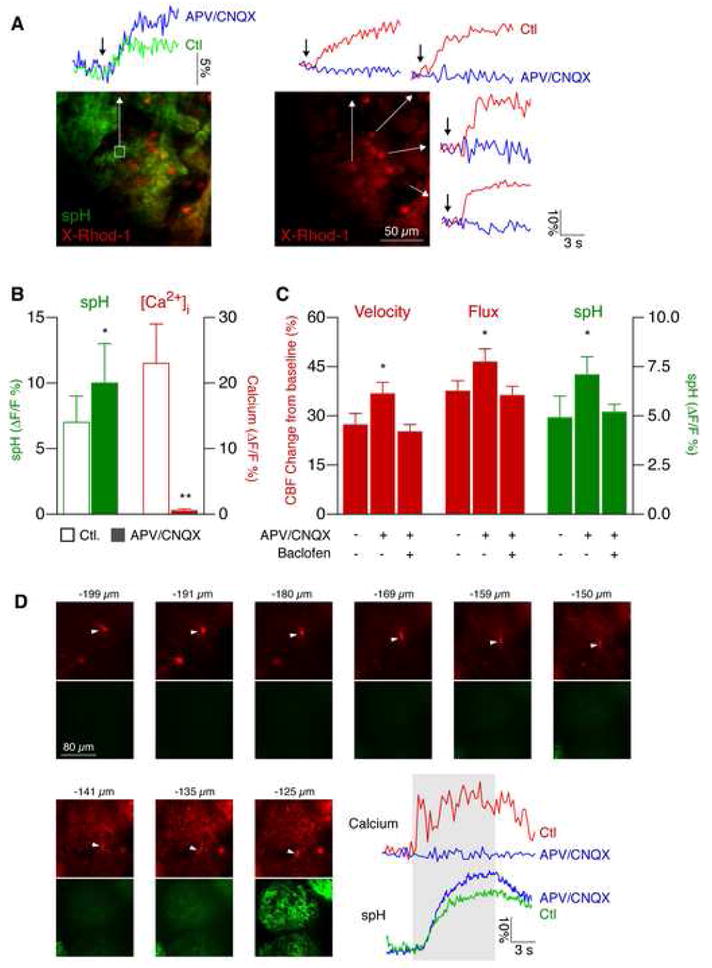Figure 4. Local postsynaptic activity is not required for functional hyperemia.

(A) Calcium imaging revealed block of postsynaptic responses in juxtaglomerular cells. Cells were labeled with the calcium indicator X-Rhod-1 AM (red) by multicell bolus loading. Presynaptic spH fluorescence (green trace) and postsynaptic calcium (red traces) increased following odor stimulation. After local injection of the NMDA receptor inhibitor APV and the AMPA receptor blocker CNQX, postsynaptic calcium changes were completely abolished (blue traces), while the presynaptic signal was augmented (blue trace), consistent with presynaptic disinhibition. Arrows indicate the start of stimulus.
(B) Analysis of presynaptic spH and postsynaptic calcium signals in juxtaglomerular cells before and after NMDA and AMPA receptor blockade (APV/CNQX) shows that calcium elevations are fully blocked, while the spH increase is augmented (mean ± s.e.m., **p < 0.001, *p < 0.05, paired t-test).
(C) Local postsynaptic activity does not contribute to functional hyperemia. Presynaptic activity was augmented after postsynaptic blockade with APV/CNQX. This presynaptic disinhibition was abolished by local GABAB receptor blockade with baclofen (100 μM). Velocity and flux increased to higher levels compared to control after local NMDA/AMPA blockade, and were not different from control after combined local NMDA/AMPA/GABAB blockade (mean ± s.e.m., *p < 0.05, Student’s t-test).
(D) Odor-evoked calcium responses in apical M/T cell dendrites are blocked by NMDA/AMPA receptor inhibition. M/T cells in OMP-spH mice were loaded with X-Rhod-1 AM (red). Their apical dendrites were followed up (arrowheads) to the glomerular layer (spH, green). The position of each optical section is indicated in microns below pial surface. Note that spH signals are only visible above ~135 μm. Odor stimulation (gray area) evoked calcium transients in M/T cell dendrites. Calcium responses were blocked by APV/CNQX, while the spH signal was augmented. Yellow boxes indicate regions of interest.
